Adjusting trailer brakes is a crucial aspect of maintaining safety and efficiency in semi-trailer operations. When performed correctly, it enhances braking performance, prolongs the lifespan of the brake system, and ensures compliance with regulatory standards. This guide will provide in-depth information on how to adjust trailer brakes effectively, addressing common concerns and detailing the procedure.
Understanding the Importance of Proper Brake Adjustment
Safety First
The primary reason for adjusting semi-trailer brakes is safety. A well-adjusted brake system minimizes stopping distances and reduces the risk of accidents caused by brake failure. As the weight of loads can vary significantly, correct brake adjustment helps in maintaining optimal performance under different circumstances.
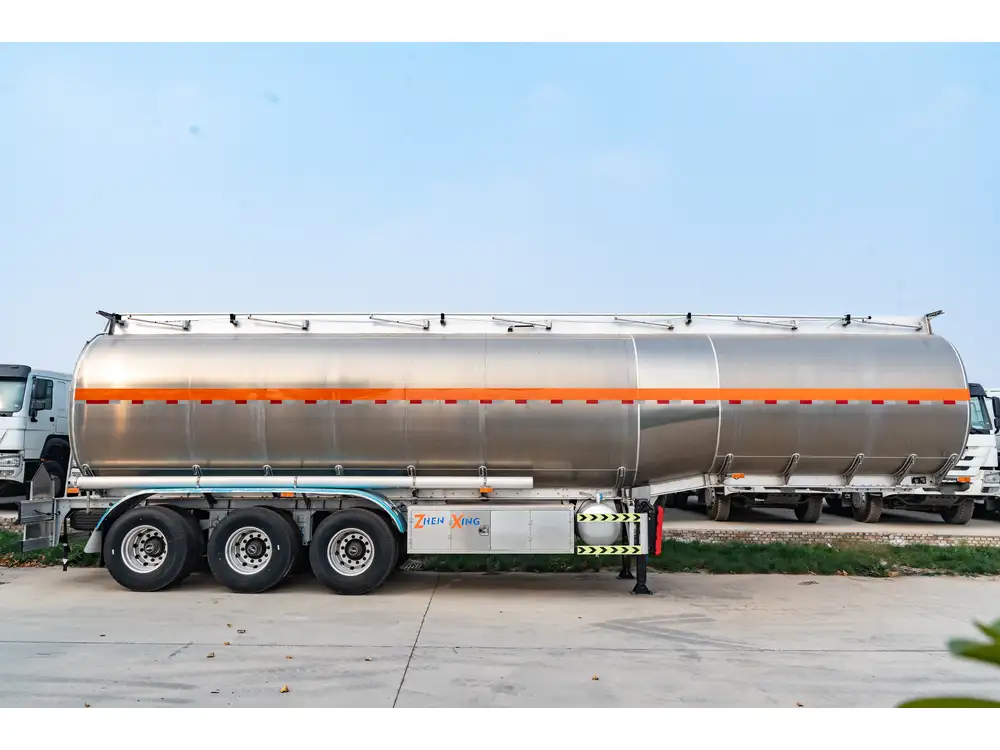
Economical Advantages
Proper brake adjustments can lead to reduced wear and tear on the brake components. This not only saves costs on repairs and replacements but also contributes to better fuel efficiency, as a balanced braking system requires less effort from the towing vehicle.
Compliance
Frequent adjustments ensure that your semi-trailer adheres to legal requirements for roadworthiness. Failure to maintain a properly adjusted brake system can lead to penalties during inspections.
Types of Brake Systems on Semi-Trailers

Air Brakes
Semi-trailers often utilize air brake systems, which rely on compressed air to engage the brakes. Air brake systems have several components, including:
- Brake Chambers: Convert air pressure into mechanical force.
- Slack Adjusters: Maintain the correct amount of push from the brake chambers.
- Brake Drums: House the brake shoes and absorb the force created when brakes are applied.
Hydraulic Brakes
Though less common than air brakes, some semi-trailers may use hydraulic brake systems. These are simpler and usually found in lighter trailers. Key components include:
- Brake Pads and Discs: Work together to create friction and stop the vehicle.
- Master Cylinder: Transmits hydraulic pressure to brakes.
Comparison of Brake Types
| Brake Type | Advantages | Disadvantages |
|---|---|---|
| Air Brakes | – Highly effective for heavy loads | – More complex maintenance requirements |
| – Better modulation over temperature changes | – Susceptible to moisture and freezing | |
| Hydraulic Brakes | – Easier to maintain and adjust | – Less effective for heavy-duty applications |
| – Quicker engagement | – Can overheat under heavy use |
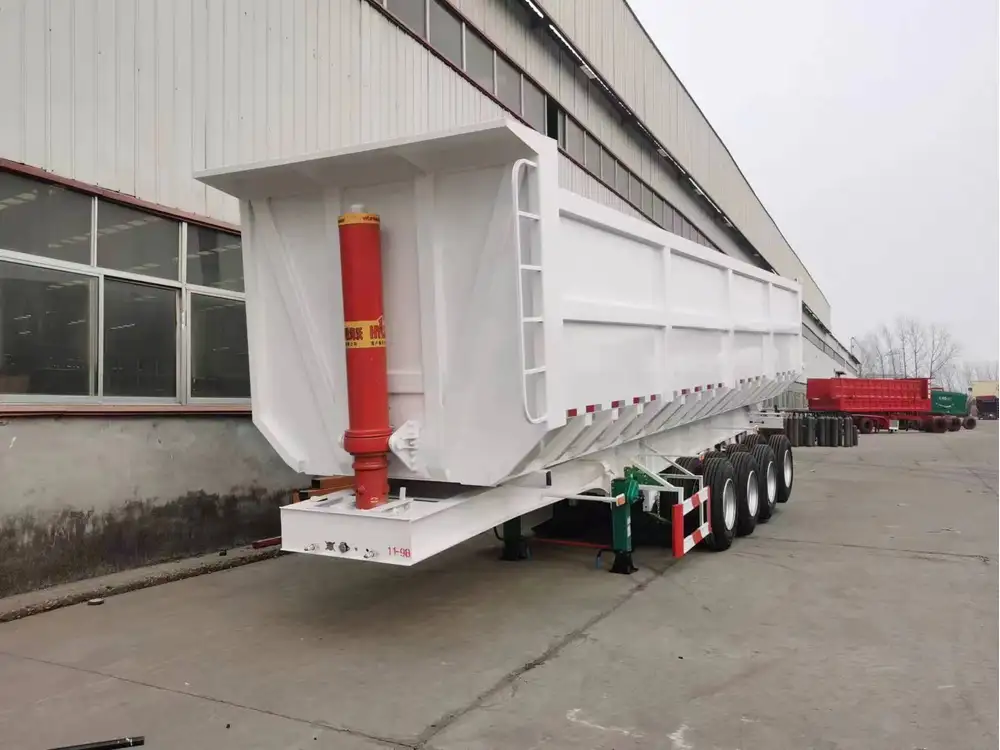
Tools and Equipment Required for Adjusting Trailer Brakes
Before beginning the adjustment process, it is essential to gather the necessary tools:
Essential Tools
- Wrench Set: For adjusting slack adjusters.
- Brake Adjustment Gauge: To measure the gap accurately.
- Torque Wrench: For tightening bolts to manufacturer specifications.
- Ladder or Creeper: To access the brake components safely.
- Safety Glasses and Gloves: Personal protective equipment (PPE) should always be worn.
Optional Tools
- Brake Service Tool Kit: Useful for various brake repairs and servicing.
- Digital Pressure Gauge: For air brake systems to check air pressure levels.
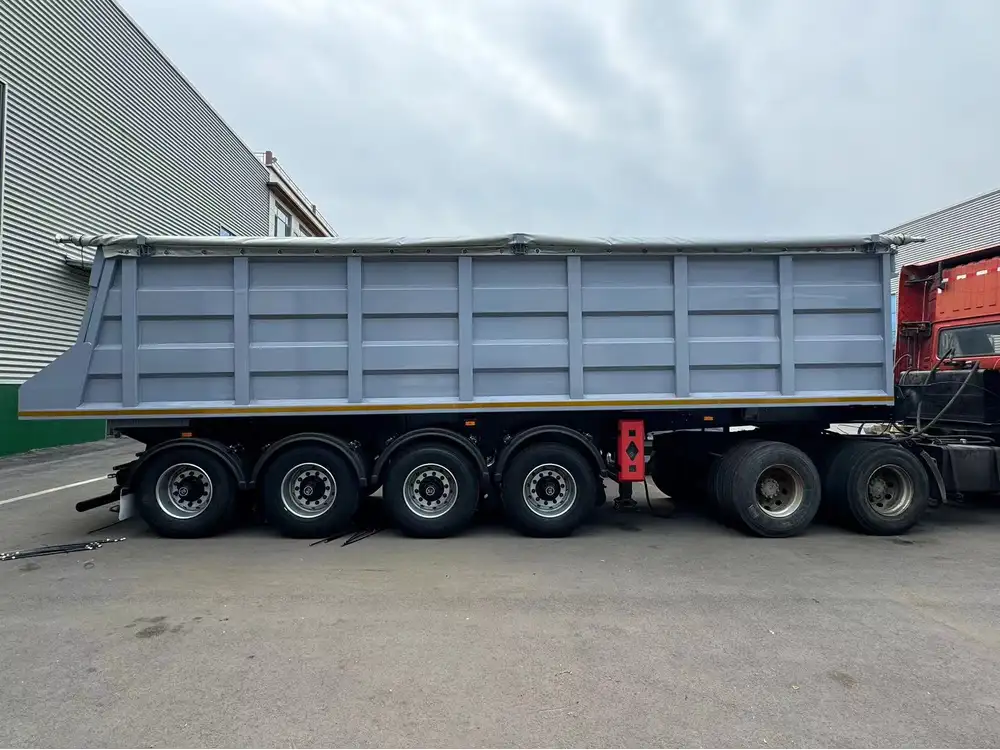
Step-by-Step Procedure for Adjusting Air Trailer Brakes
Step 1: Safety Precautions
- Ensure the semi-trailer is on a flat surface and secured with wheel chocks.
- Disconnect the air supply to the trailer.
Step 2: Inspecting the Brake System
- Inspect brake components for excessive wear or damage. Check drums, pads, and chambers for any signs of failure.
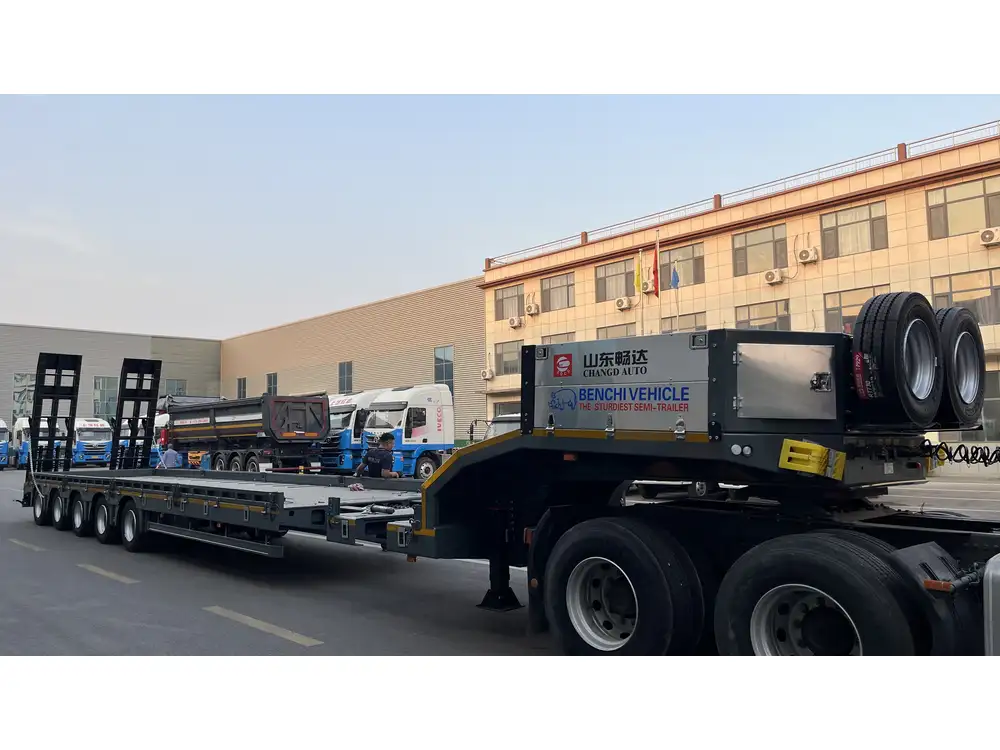
Step 3: Check the Slack Adjusters
- Pull the adjuster lever back to release tension.
- Use a wrench to turn the adjuster; typically, left turns will tighten and right turns will loosen.
- Aim for a ½ inch gap between the brake shoe and drum.
Step 4: Testing the Adjustment
- Reconnect the air supply and allow the brakes to charge.
- Apply and release the brakes several times, ensuring they fully engage and release.
Step 5: Measure the Push Rod Travel
- With the trailer still secured, measure the push rod’s travel distance when the brakes are applied.
- For a proper adjustment, the travel should not exceed the recommended limits outlined in the owner’s manual.

Step 6: Final Checks
- Conduct a visual inspection to ensure all adjustments appear secure.
- Test drive the trailer to ensure the brakes function correctly under load.
Step-by-Step Procedure for Adjusting Hydraulic Trailer Brakes
Step 1: Safety Precautions
- Park the trailer on level ground, use wheel chocks, and engage the parking brake.

Step 2: Remove the Wheel
- Carefully detach the lug nuts and remove the wheel to gain access to the brake assembly.
Step 3: Inspect Brake Pads
- Measure the thickness of the hydraulic brake pads; if below 1/4 inch, they must be replaced.
Step 4: Adjust the Brake Pads
- For self-adjusting systems, manually rotate the adjuster until it tightens just enough that the pads are close to the rotor without dragging.
- For manual systems, turn the adjustment screw until the desired clearance is achieved, typically around 0.020 inches.

Step 5: Reattach the Wheel
- Place the wheel back on and secure it with lug nuts tightened to specifications.
Step 6: Perform a Brake Test
- Engage the brakes by pushing down on the pedal and check for responsiveness during a short test drive.
Signs That Indicate Brake Adjustment is Needed

1. Increased Stopping Distance
Longer stopping distances can signal that brake adjustment is overdue.
2. Uneven Brake Wear
Observe the wear patterns on the brake drums and shoes. If one side is more worn than the other, it indicates misalignment.
3. Trailer Pulling to One Side
If the trailer veers to one side when braking, the brakes may be unbalanced.

4. Brake Fade
Experiencing brake fade, where the brakes lose efficiency due to heat buildup, can also signify improper adjustment.
5. Unusual Noises
Grinding or squeaking noises can indicate that brake components need immediate attention.
FAQs on Trailer Brake Adjustment
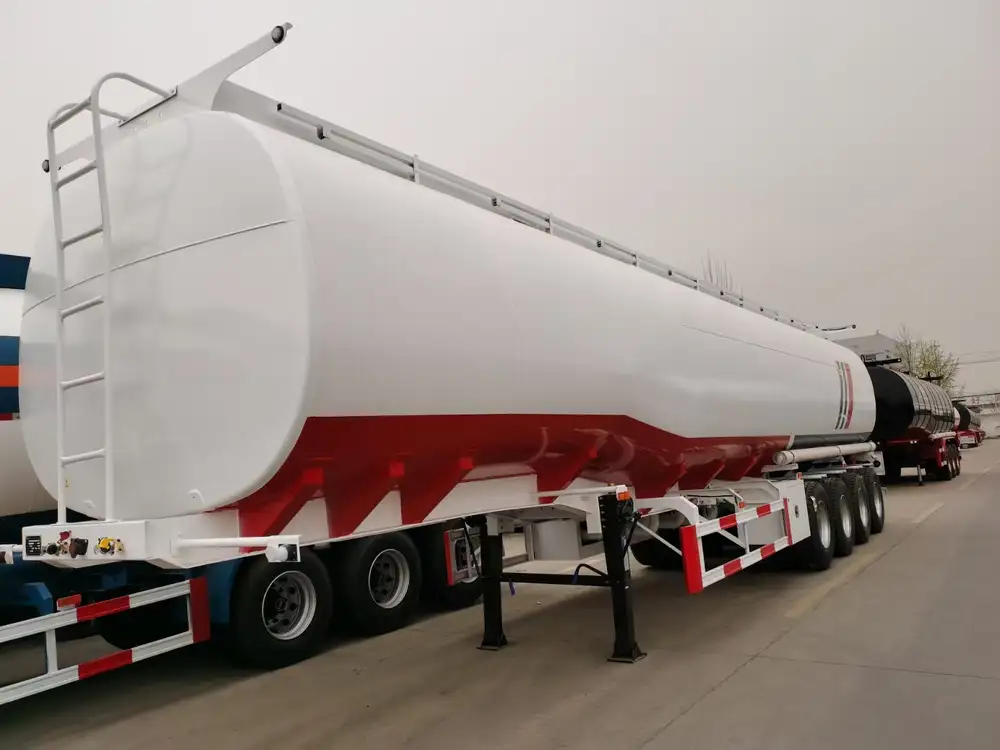
Q1: How often should I adjust my trailer brakes?
Regularly check brake settings after every 10,000 miles or before any long trips.
Q2: Can I perform brake adjustments myself?
Yes, but ensure that you have adequate knowledge of the braking system and follow safety protocols.
Q3: What are the consequences of ignoring brake adjustments?
Ignoring adjustments can lead to catastrophic brake failure, accidents, and unnecessary expenses.

Q4: Do I need a professional to inspect or adjust my brakes?
While basic adjustments can be performed by the owner, a professional inspection is advisable at least once a year or after significant wear.
Q5: Is there a universal adjustment tool for trailer brakes?
Various tools are available, but it is important to use those specific to your braking system for accurate results.
Conclusion: Ensuring Safety and Efficiency
Regular adjustments of semi-trailer brakes are not merely guidelines, but essential practices that keep your hauling operations safe, efficient, and compliant with regulations. By understanding the complexities of your brake system and employing proper adjustment techniques, we can significantly reduce the chances of vehicle failure on the road. Investing time and resources into maintaining the brakes will pay off through enhanced performance, longevity, and safety.
For manufacturers and operators alike, making brake adjustments a part of the standard maintenance checklist will ensure that trailers function optimally, reducing costs and improving performance.
Stay tuned for more tips and insights on enhancing your semi-trailer operations, covering everything from advanced safety protocols to innovative maintenance techniques.



